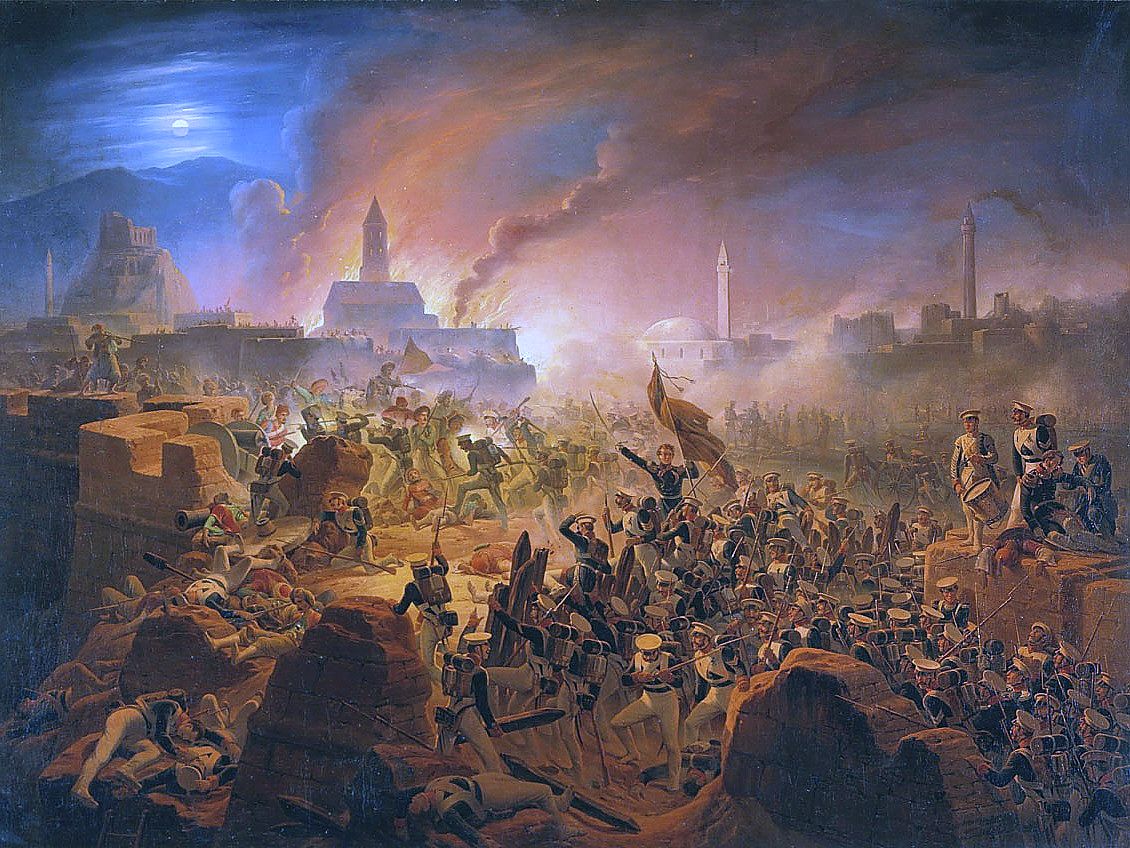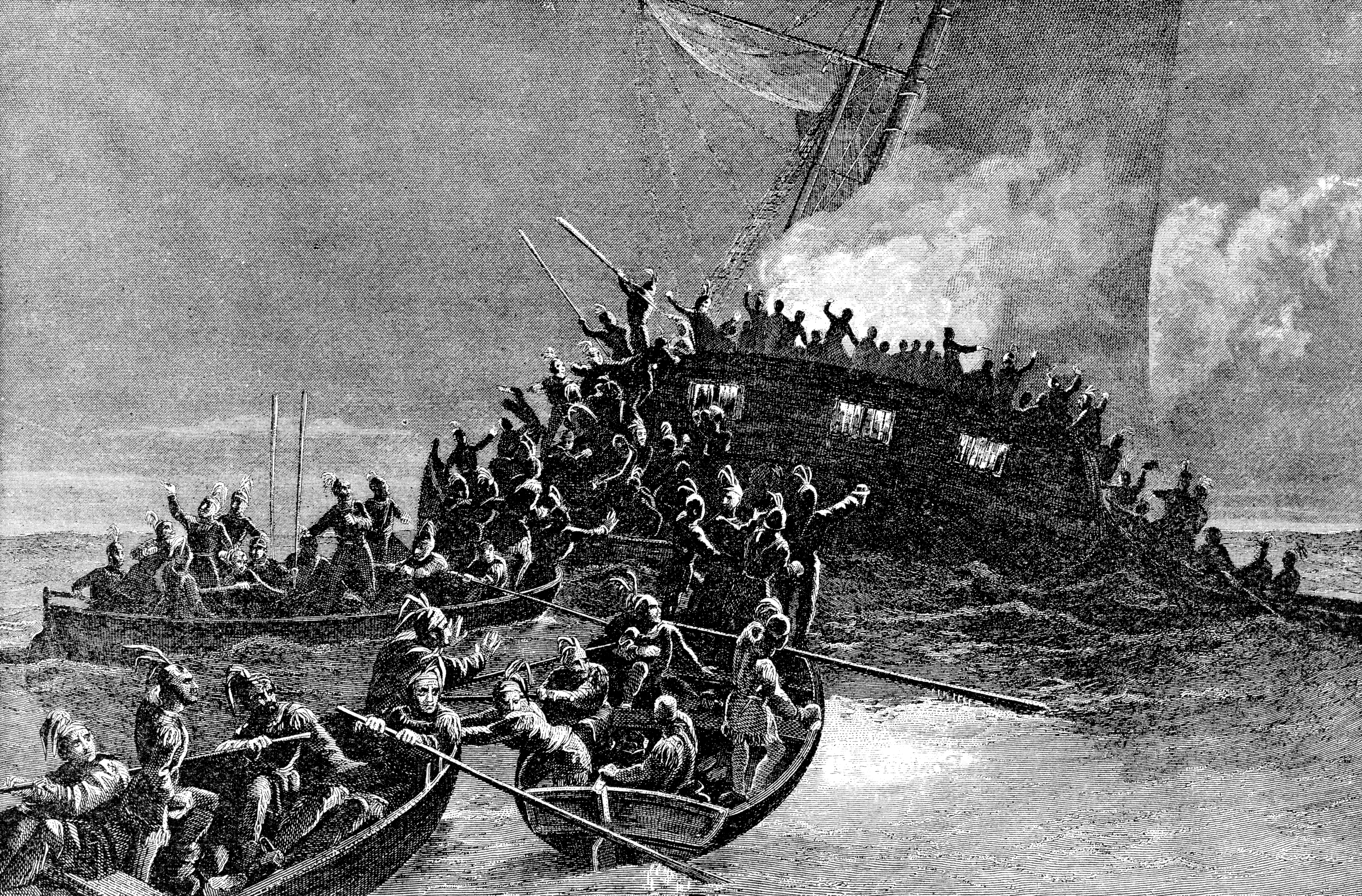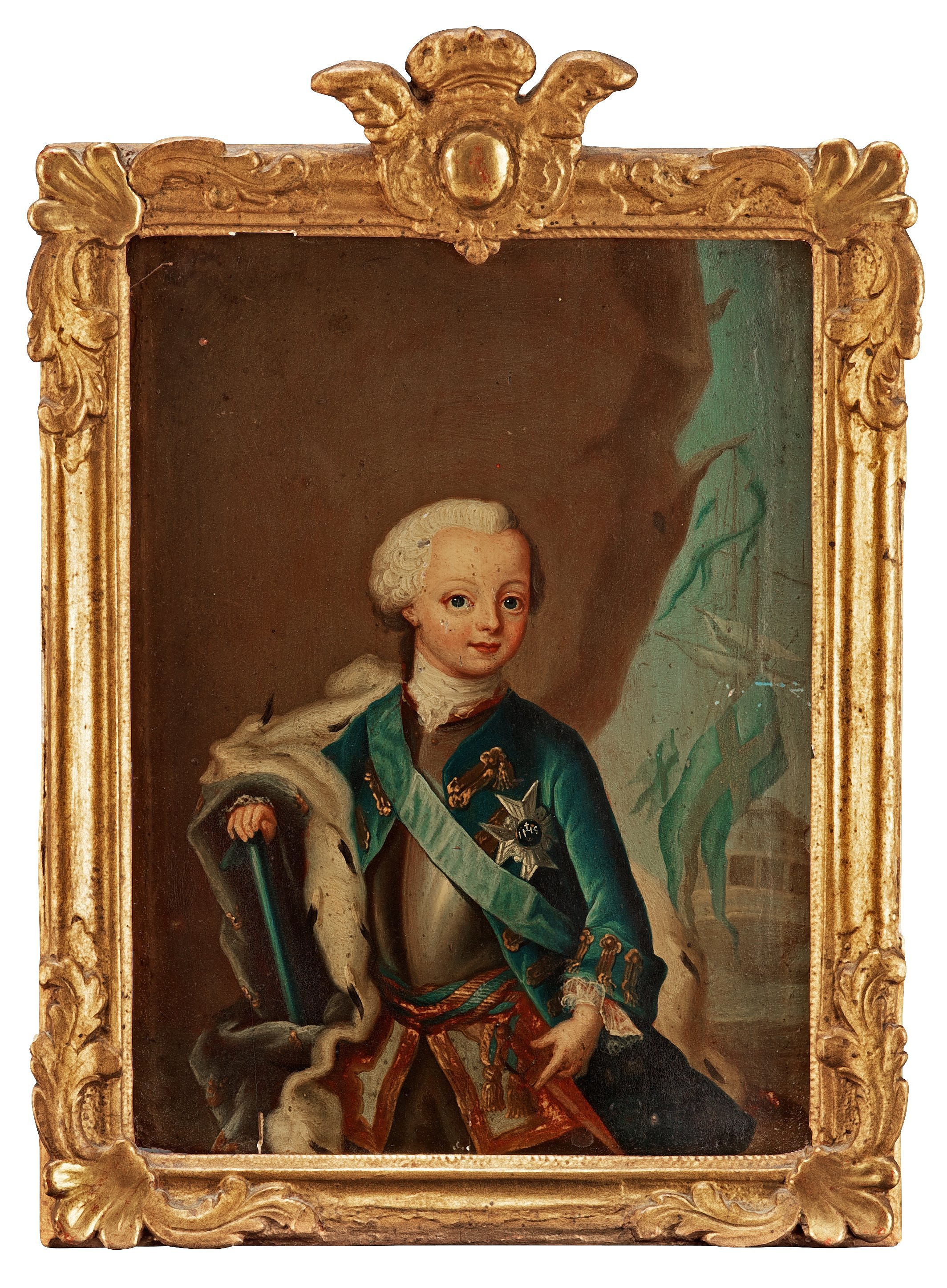|
Euphrosyne Löf
Euphrosyne (Euphrosina) Löf (Stockholm, 1772 – Stockholm, 1 July 1828) was a Swedish ballet dancer and stage actress, best known for her affair with Prince Frederick Adolf of Sweden from 1795 to 1800, after his relationship with Sophie Hagman. Euphrosyne Löf acted as his hostess at Tullgarn. Life She was the daughter of a servant at the royal court, the '' taffeltäckare'' Johan Gottfrid Löf, and Catharina Charlotta Stålhammar, and the sister of the actress Fredrique Löwen. Like her seven sisters, she was early known as a part of the Stockholm demi-monde of high class prostitutes Stage career Euphrosyne made a successful stage debut on the Royal Dramatic Theatre in 1791, and she also took part in ballets at the Opera. She was among the first Swedish actresses known by name to have performed in breeches role; in 1794, she and Inga Åberg did the two male leading parts of August and Theodor in the play ''De begge kammarpagerna'' (The Two Valets) by Kexel. For comparison, t ... [...More Info...] [...Related Items...] OR: [Wikipedia] [Google] [Baidu] |
Ebba Brahe
Ebba Magnusdotter Brahe (16 March 1596 – 5 January 1674) was a Swedish countess, landowner, and courtier. She is foremost known for being the love object of King Gustavus Adolphus of Sweden, who wished to marry her prior to his own marriage, a plan which was however never realized. Their love affair, the subject of fiction, has become famous in Swedish romantic history and is documented in their preserved correspondence. Biography Early life Ebba Brahe was born to Magnus Brahe and Britta Stensdotter Leijonhuvud. She was the cousin of Margareta Brahe, Nils Brahe and Per Brahe the Younger. After the death of her mother, she was sent to the royal court to finish her upbringing. She served as maid of honor to Queen Dowager Christina of Holstein-Gottorp, who had been a personal friend to her mother, from 1611–1614, and to the elder queen dowager, Catherine Stenbock, from 1614–1618. She was described as a beauty who suffered from a " chronic cough" and recurring fever. ... [...More Info...] [...Related Items...] OR: [Wikipedia] [Google] [Baidu] |
Swedish Courtesans
Swedish or ' may refer to: Anything from or related to Sweden, a country in Northern Europe. Or, specifically: * Swedish language, a North Germanic language spoken primarily in Sweden and Finland ** Swedish alphabet, the official alphabet used by the Swedish language * Swedish people or Swedes, persons with a Swedish ancestral or ethnic identity ** A national or citizen of Sweden, see demographics of Sweden ** Culture of Sweden * Swedish cuisine See also * * Swedish Church (other) * Swedish Institute (other) * Swedish invasion (other) * Swedish Open (other) Swedish Open is a tennis tournament. Swedish Open may also refer to: * Swedish Open (badminton) * Swedish Open (table tennis) * Swedish Open (squash) * Swedish Open (darts) {{disambiguation ... {{disambig Language and nationality disambiguation pages ... [...More Info...] [...Related Items...] OR: [Wikipedia] [Google] [Baidu] |
18th-century Swedish Actresses
The 18th century lasted from 1 January 1701 (represented by the Roman numerals MDCCI) to 31 December 1800 (MDCCC). During the 18th century, elements of Enlightenment thinking culminated in the Atlantic Revolutions. Revolutions began to challenge the legitimacy of monarchical and aristocratic power structures. The Industrial Revolution began mid-century, leading to radical changes in human society and the environment. The European colonization of the Americas and other parts of the world intensified and associated mass migrations of people grew in size as part of the Age of Sail. During the century, slave trading expanded across the shores of the Atlantic Ocean, while declining in Russia and China. Western historians have occasionally defined the 18th century otherwise for the purposes of their work. For example, the "short" 18th century may be defined as 1715–1789, denoting the period of time between the death of Louis XIV of France and the start of the French Revolution, ... [...More Info...] [...Related Items...] OR: [Wikipedia] [Google] [Baidu] |
Mistresses Of Swedish Royalty
Mistress is the feminine form of the English word "master" (''master'' + ''-ess'') and may refer to: Romance and relationships * Mistress (lover), a female lover of a married man ** Royal mistress * Maîtresse-en-titre, official mistress of a French king Title or form of address * Mistress (form of address) * Mistress (college), a female college head * Mistress of the Robes of the UK Royal Household * Female equivalent of schoolmaster In ancient religions * Despoina, a Greek goddess referred to as "the mistress" * Potnia ("mistress lady"), a title for a Greek goddess In arts and entertainment * Mistress (band), a band from Birmingham, England * ''Mistress'', a band from Germany, fronted by Angela Gossow * ''Mistress'' (1992 film) * ''Mistress'' (1987 film) * ''Mistresses'' (British TV series) * ''Mistresses'' (American TV series) * ''Mistress'' (TV series) * "Mistress", a song by Disturbed from ''Believe'' * "Mistress", a song by Rebecca Ferguson from ''Superwoman'' * ... [...More Info...] [...Related Items...] OR: [Wikipedia] [Google] [Baidu] |
18th-century Swedish Ballet Dancers
The 18th century lasted from 1 January 1701 (represented by the Roman numerals MDCCI) to 31 December 1800 (MDCCC). During the 18th century, elements of Enlightenment thinking culminated in the Atlantic Revolutions. Revolutions began to challenge the legitimacy of monarchical and aristocratic power structures. The Industrial Revolution began mid-century, leading to radical changes in human society and the environment. The European colonization of the Americas and other parts of the world intensified and associated mass migrations of people grew in size as part of the Age of Sail. During the century, slave trading expanded across the shores of the Atlantic Ocean, while declining in Russia and China. Western historians have occasionally defined the 18th century otherwise for the purposes of their work. For example, the "short" 18th century may be defined as 1715–1789, denoting the period of time between the death of Louis XIV of France and the start of the French Revolut ... [...More Info...] [...Related Items...] OR: [Wikipedia] [Google] [Baidu] |
1828 Deaths
Events January–March * January 4 – Jean Baptiste Gay, vicomte de Martignac succeeds the Jean-Baptiste de Villèle, Comte de Villèle, as Prime Minister of France. * January 8 – The Democratic Party of the United States is organized. * January 22 – Arthur Wellesley, 1st Duke of Wellington succeeds F. J. Robinson, 1st Viscount Goderich, Lord Goderich as Prime Minister of the United Kingdom. * February 10 – "Black War": In the Cape Grim massacre – About 30 Aboriginal Tasmanians gathering food at a beach are probably ambushed, shot with muskets and killed by four indentured "servants" (or convicts) employed as shepherds for the Van Diemen's Land Company as part of a series of reprisal attacks, with the bodies of some of the men thrown from a 60 metre (200 ft) cliff. * February 19 – The Boston Society for Medical Improvement is established in the United States. * February 21 – The first American-Indian newspaper in the United States, the ''Cherokee Phoenix'', ... [...More Info...] [...Related Items...] OR: [Wikipedia] [Google] [Baidu] |
1772 Births
Events January–March * January 10 – Shah Alam II, the Mughal Emperor of India, makes a triumphant return to Delhi 15 years after having been forced to flee. * January 17 – Johann Friedrich Struensee and Queen Caroline Matilda are arrested, leading to his execution and her banishment from Denmark. * February 12 ** Breton-French explorer Yves-Joseph de Kerguelen-Trémarec discovers the uninhabited Kerguelen Islands in the Southern Indian Ocean. ** The Virginia Assembly amends an act to describe the punishments for the practice of gouging. * February 17 – The First Partition of Poland is agreed to by Russia and Prussia, later including Austria. * March 8 – Biela's Comet is first discovered by French astronomer Jacques Leibax Montaigne, but not proven to be a periodic comet until 1826, when Wilhelm von Biela correctly identifies its return. * March 20 – Pedro Fages, the Spanish Governor of Alta California, and Juan Crespí, a Cath ... [...More Info...] [...Related Items...] OR: [Wikipedia] [Google] [Baidu] |
Charlotte Slottsberg
Charlotte (Gustava Charlotta) Slottsberg (29 May 1760 – 29 May 1800) was a Swedish ballerina. She was one of the first native members of the Royal Swedish Ballet. She was also known as a courtesan and as the controversial mistress of the future Charles XIII of Sweden. She was the first native star of the Royal Swedish Ballet.Forsstrand, Carl, Sophie Hagman och hennes samtida: några anteckningar från det gustavianska Stockholm Sophie Hagman and her contemporaries. Notes from Stockholm during the Gustavian age' Wahlström & Widstrand, Stockholm, 1911 Life Charlotte Slottsberg was born in Stockholm as the daughter and only child of the wig maker Andreas Slottsberg and the dancer Lovisa Charlotta Schumbardt. The home was described as poor. Her mother and maternal aunts were both active as dancers, and she was likely given her first training by them, and reportedly also performed with them during her childhood, though it is not confirmed where. Her father occasionall ... [...More Info...] [...Related Items...] OR: [Wikipedia] [Google] [Baidu] |
Coffee
Coffee is a beverage brewed from roasted, ground coffee beans. Darkly colored, bitter, and slightly acidic, coffee has a stimulating effect on humans, primarily due to its caffeine content, but decaffeinated coffee is also commercially available. There are also various coffee substitutes. Typically served hot, coffee has the highest sales in the world market for hot drinks. Coffee production begins when the seeds from coffee cherries (the '' Coffea'' plant's fruits) are separated to produce unroasted green coffee beans. The "beans" are roasted and then ground into fine particles. Coffee is brewed from the ground roasted beans, which are typically steeped in hot water before being filtered out. It is usually served hot, although chilled or iced coffee is common. Coffee can be prepared and presented in a variety of ways (e.g., espresso, French press, caffè latte, or already-brewed canned coffee). Sugar, sugar substitutes, milk, and cream are often added to mask ... [...More Info...] [...Related Items...] OR: [Wikipedia] [Google] [Baidu] |
Charles XIII Of Sweden
Charles XIII or Carl XIII (; 7 October 1748 – 5 February 1818) was King of Sweden from 1809 and King of Norway from 1814 to his death. He was the second son (and younger brother to King Gustav III) of King Adolf Frederick of Sweden and Louisa Ulrika of Prussia, sister of Frederick the Great. Though known as King Charles XIII in Sweden, he was actually the seventh Carl of Sweden (other), Swedish king by that name, as Charles IX of Sweden, Charles IX (reigned 1604–1611) had adopted his numeral after studying Historia de omnibus Gothorum Sueonumque regibus, a fictitious history of Sweden. In Norway, he is known as Charles II. Early life Prince Charles was placed under the tutelage of Hedvig Elisabet Strömfelt and then Ulrica Schönström. He was appointed Swedish Navy#History, grand admiral when he was but few days old. He was described as a good dancer at the amateur theatre of the royal court. Reportedly he was not very close to his mother. The Queen preferred her ... [...More Info...] [...Related Items...] OR: [Wikipedia] [Google] [Baidu] |




